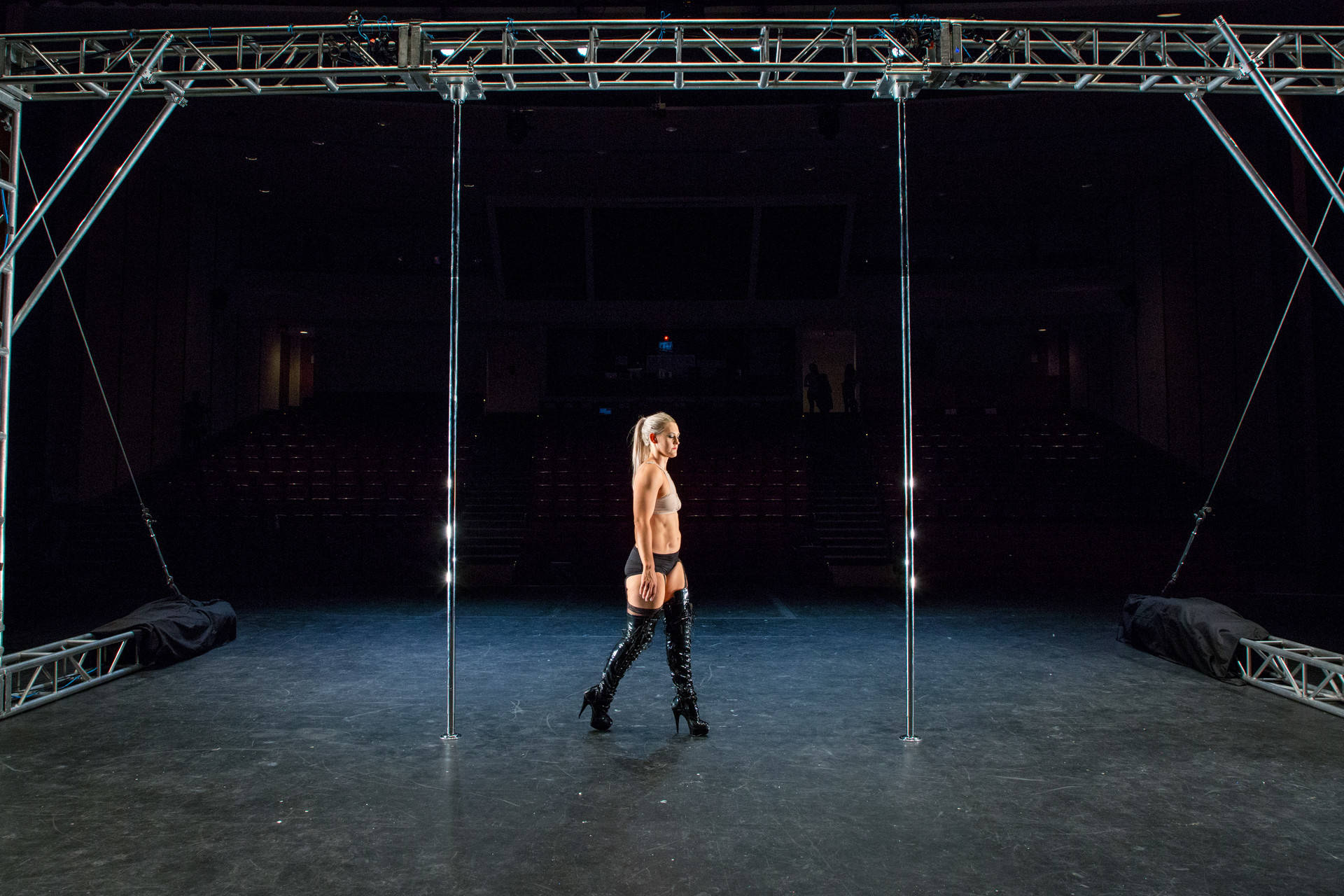Pole dancing has gotten a bad rap over the years.
In San Francisco, the sport has shed its strip-club stigma and spiked in popularity in the fitness world due to its challenging acrobatics.
But pole dancing is more than just a tough workout. On this week’s California Report Magazine, we caught up with MaKayla Keating, a recent transplant from Indiana who found an unlikely new home in the sport’s diverse community.
This February, Keating and hundreds of athletes showed off their best moves at the Golden Gate Pole Championships in San Bruno.

MaKayla Keating, 22, transplanted herself from Indiana to San Francisco looking for a fresh start. But she found a new passion instead — for pole dancing. The sport combines high-intensity fitness with artistic expression.
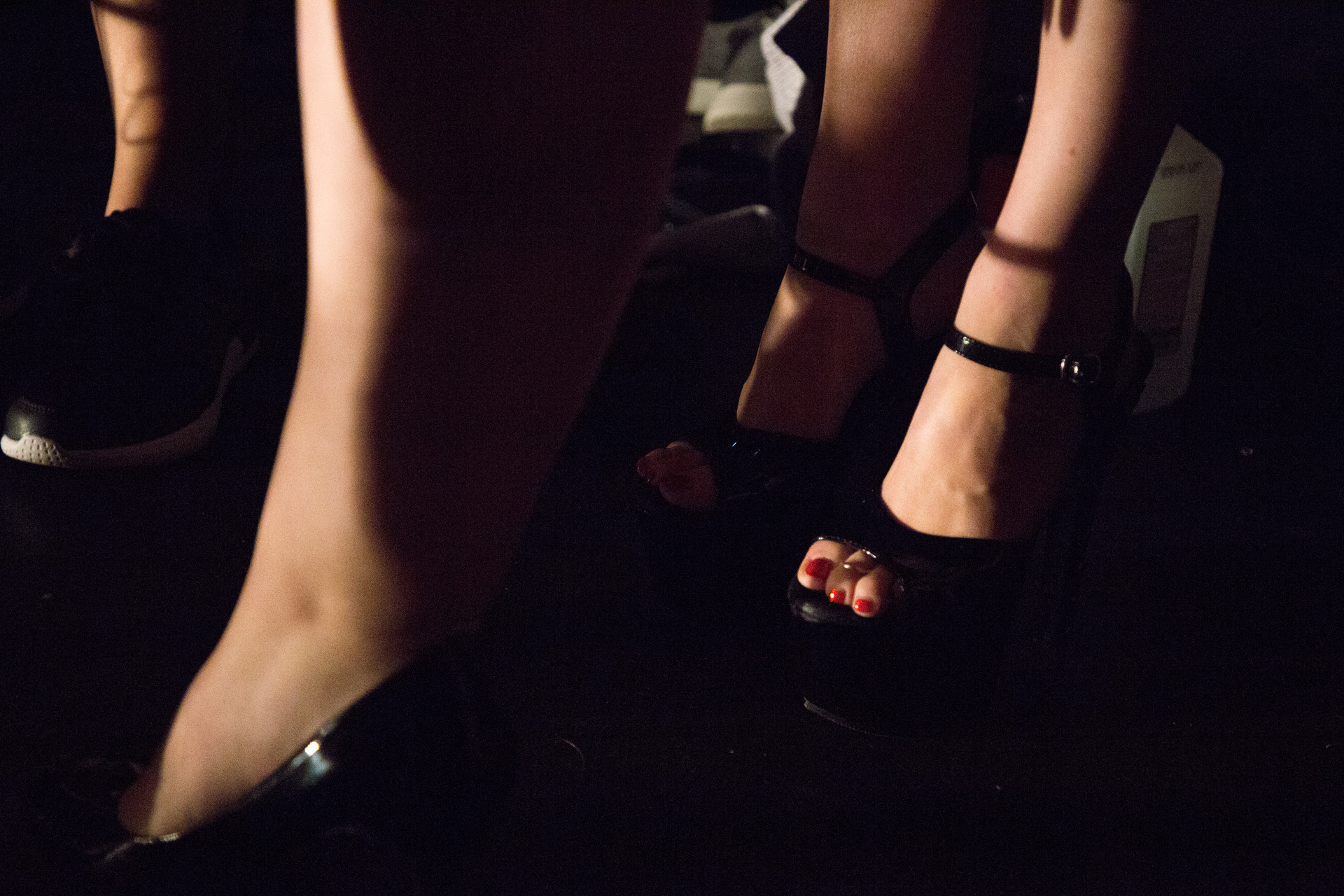
Many are intimidated from starting pole because of the steep learning curve and potential danger of aerial acrobatics. But through practice, participants quickly experience new confidence in themselves and their body’s capabilities.
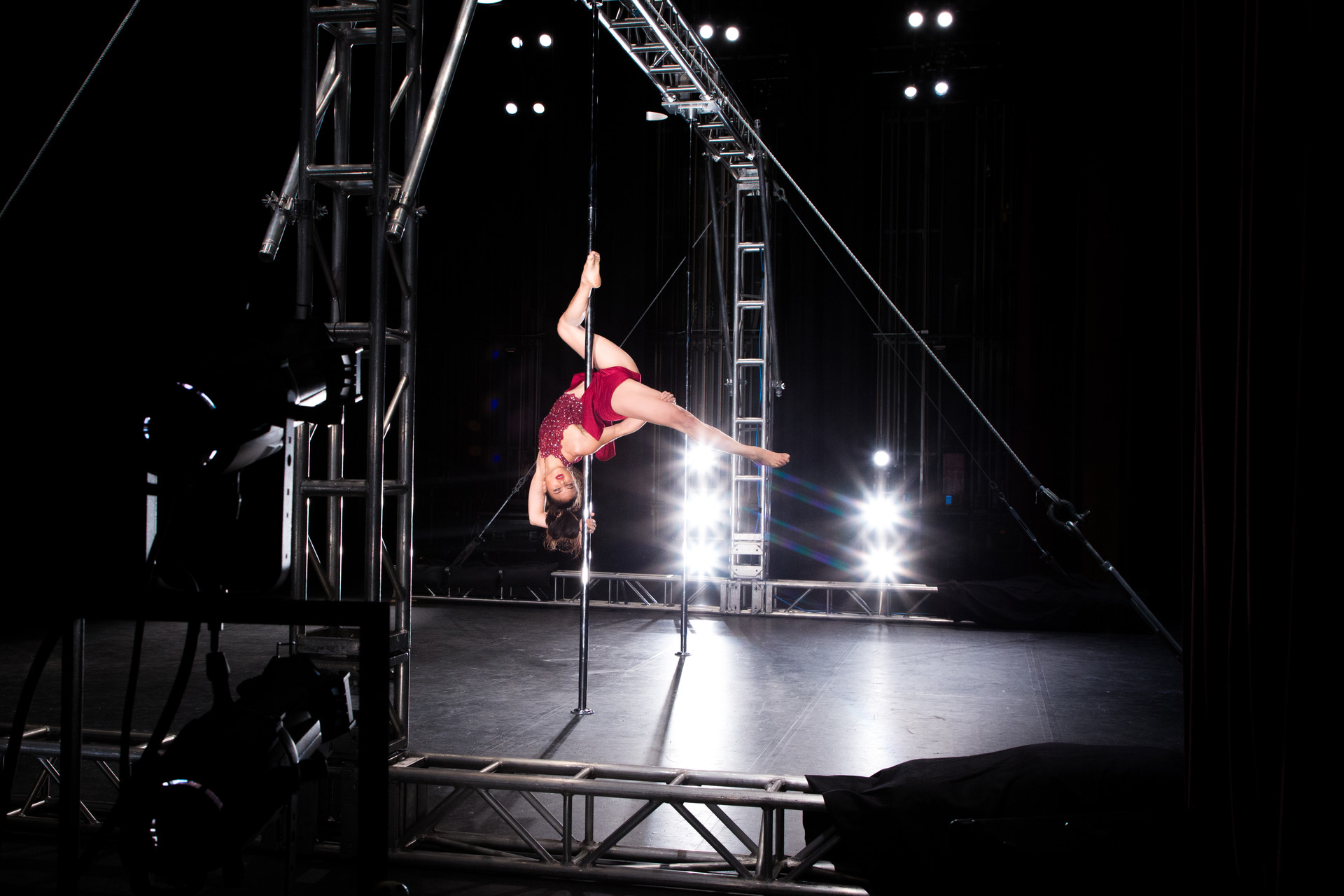
“I think the people who come in looking for the pole — they wanna look sexy, maybe they weren’t feeling that way before, they had low self-esteem,” says MaKayla. “It’s a bit of self-love, I think. We’re all going in there to fall in love with ourselves.”
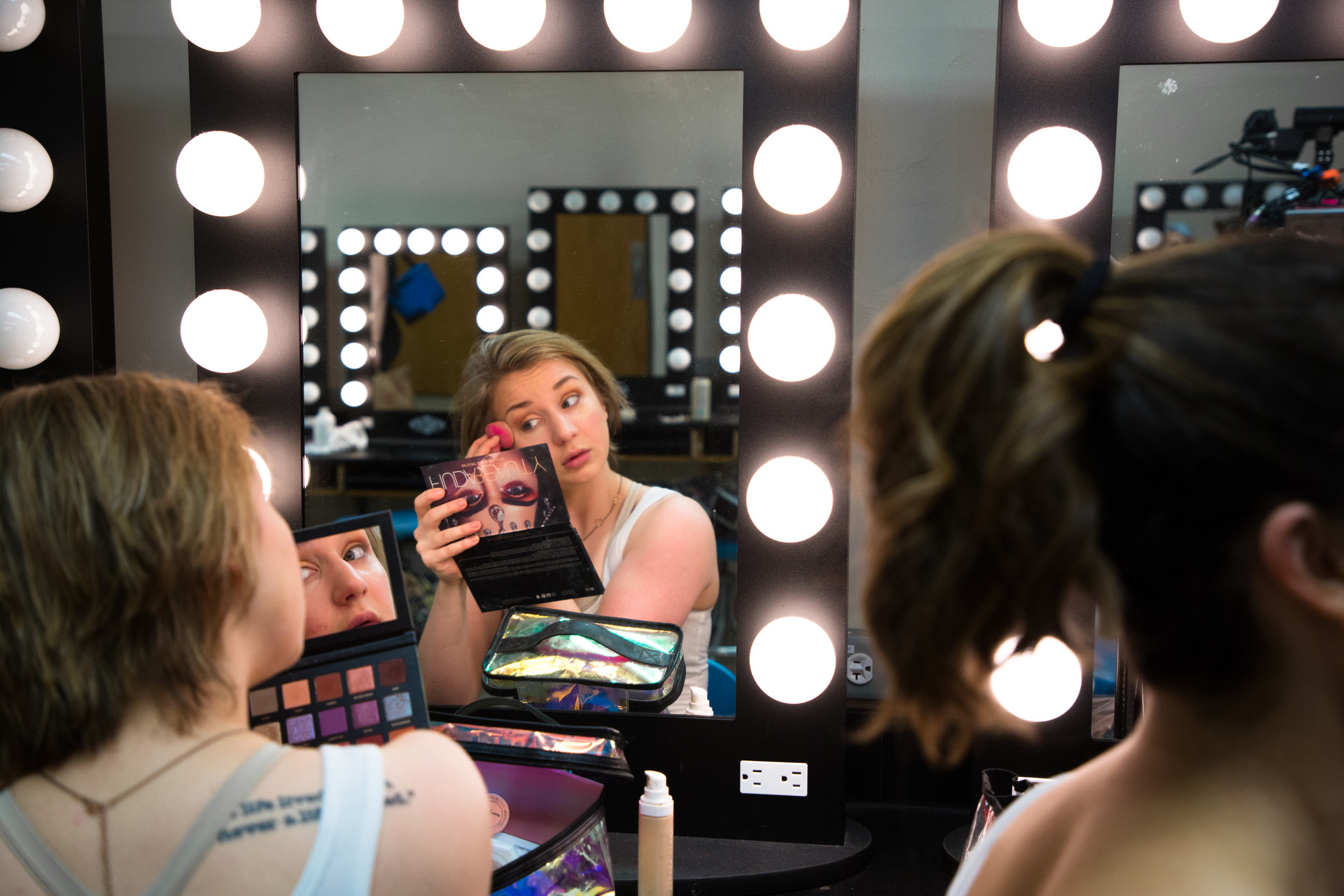
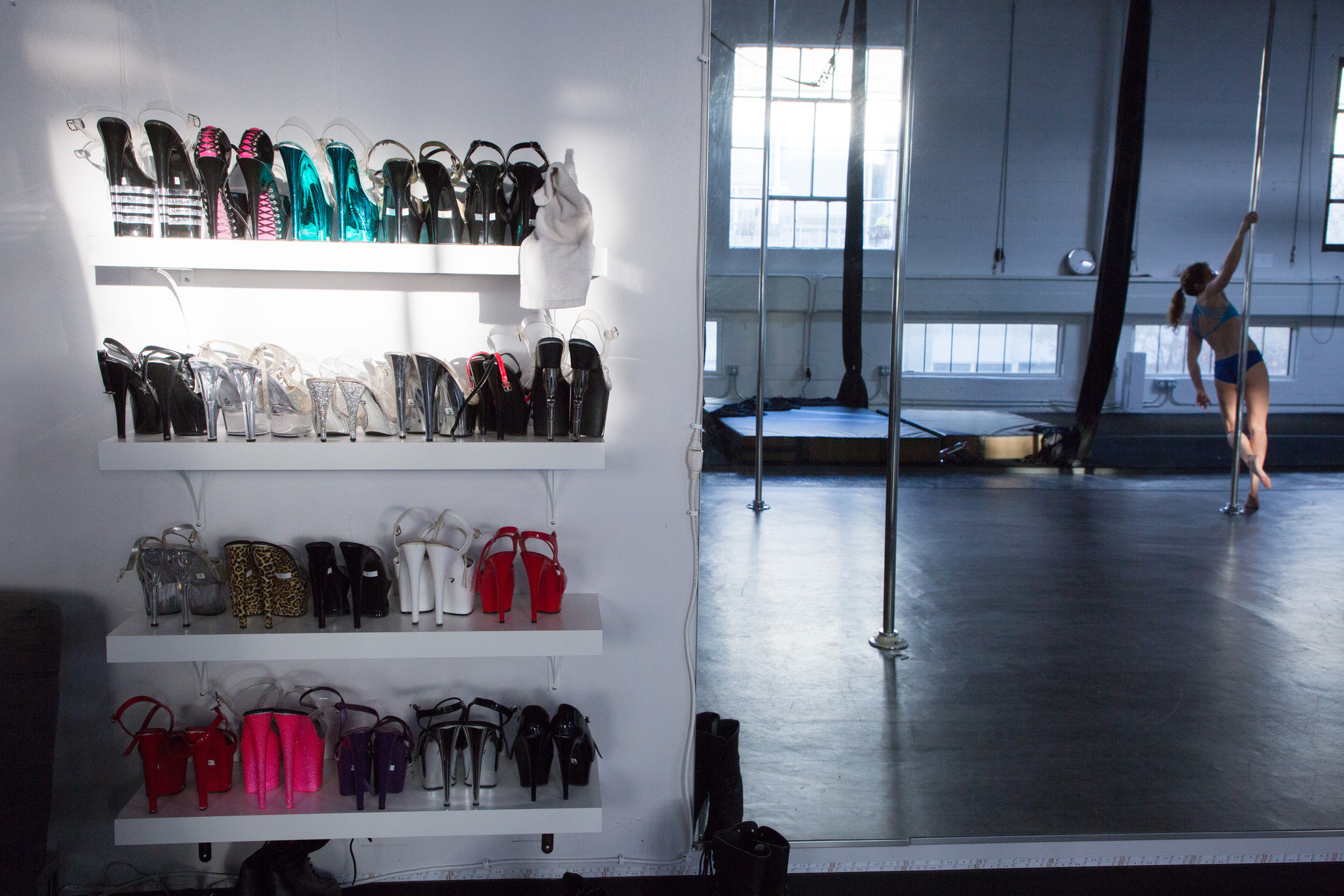
For five weeks, MaKayla and her partner, Cynthia Younes, prepared for their first pole dance competition, the Golden Gate Pole Championships in San Bruno, California.
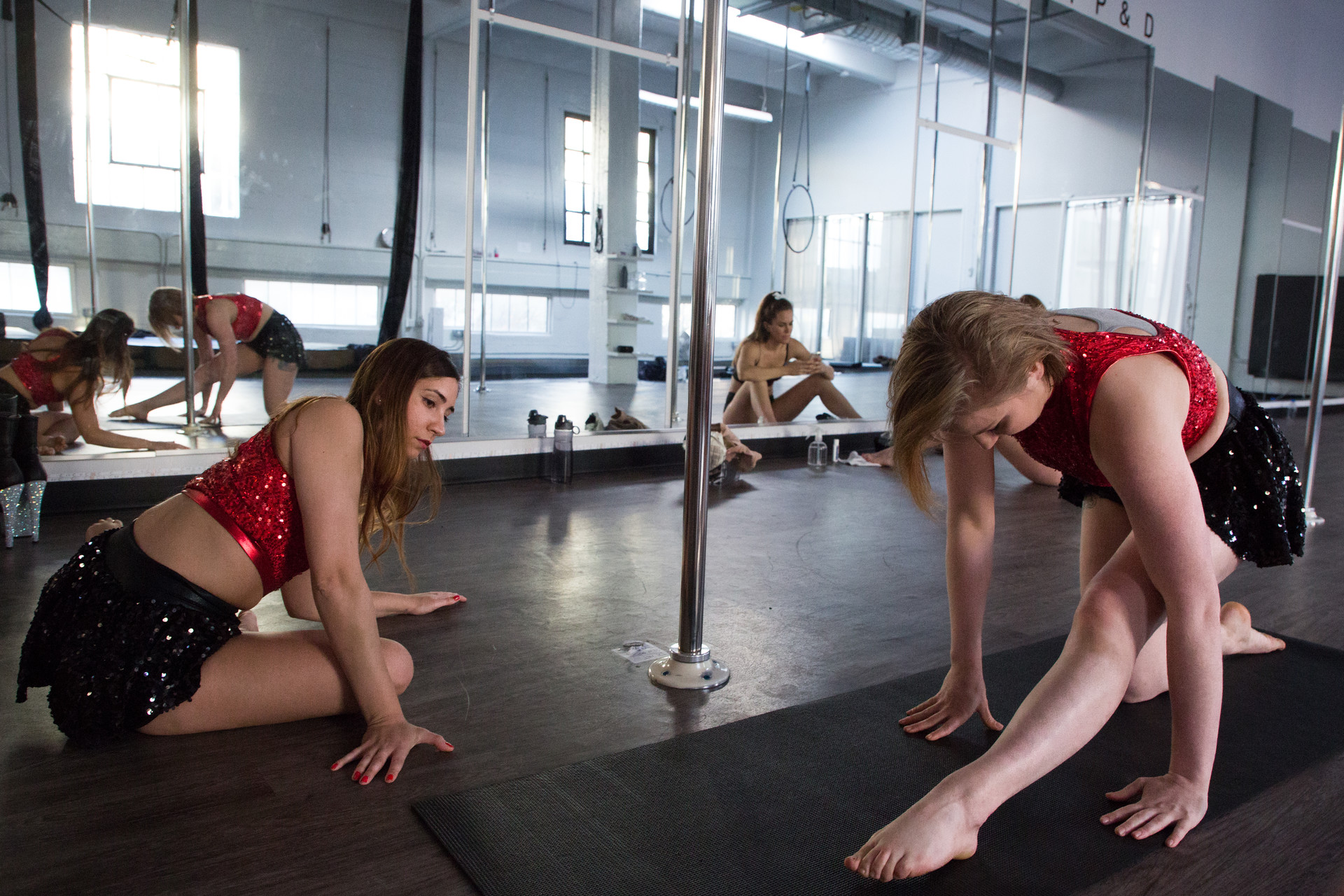
Participants squared off solo, in pairs or in groups of up to six. The highly choreographed routines were matched with carefully curated music and costumes. Each performance was sorted by category, ranging from dramatic, where participants added artistic elements like performing to spoken word or embodying animals or demons, to exotic, where performing in 6-inch platform heels is encouraged.
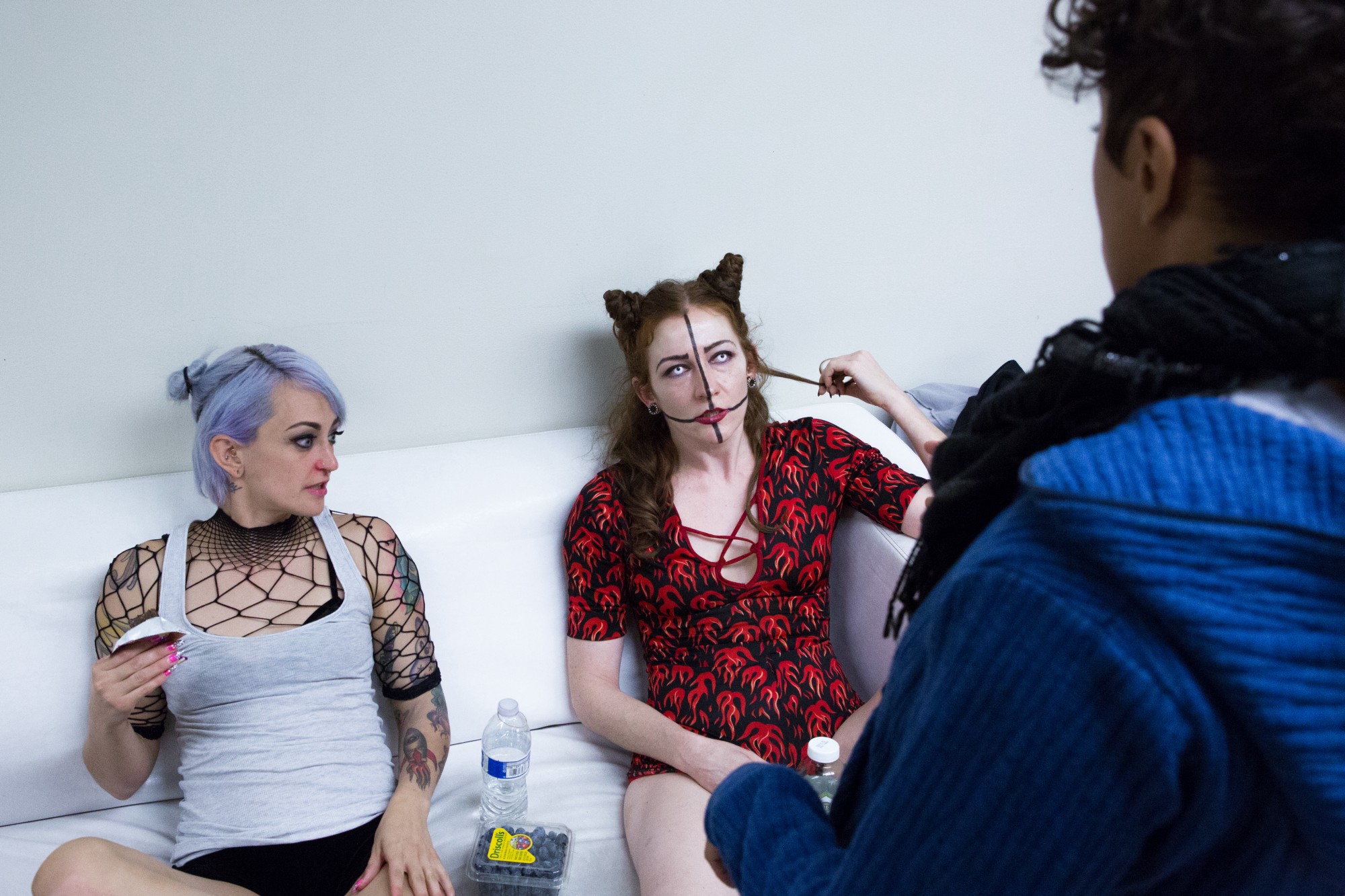
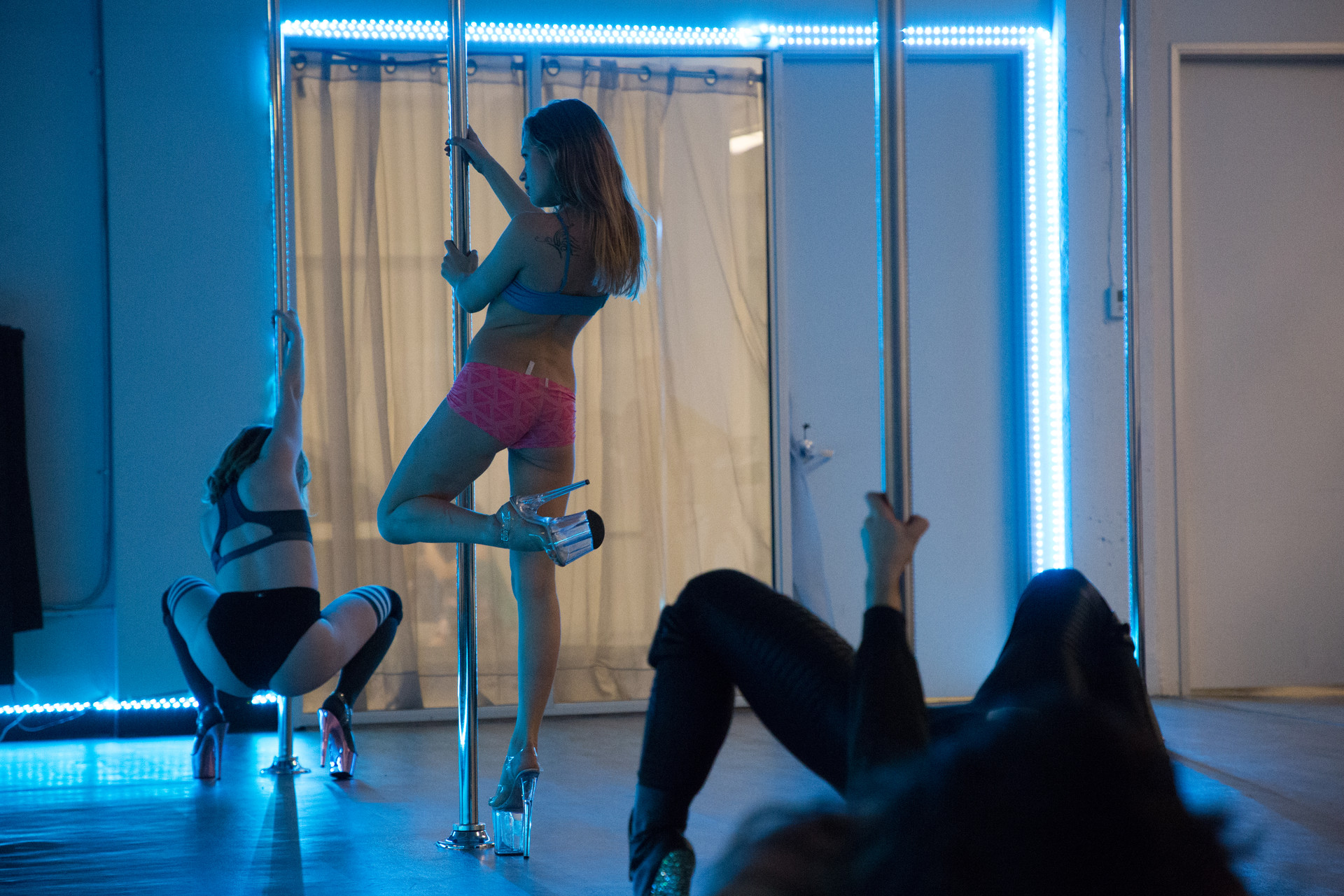
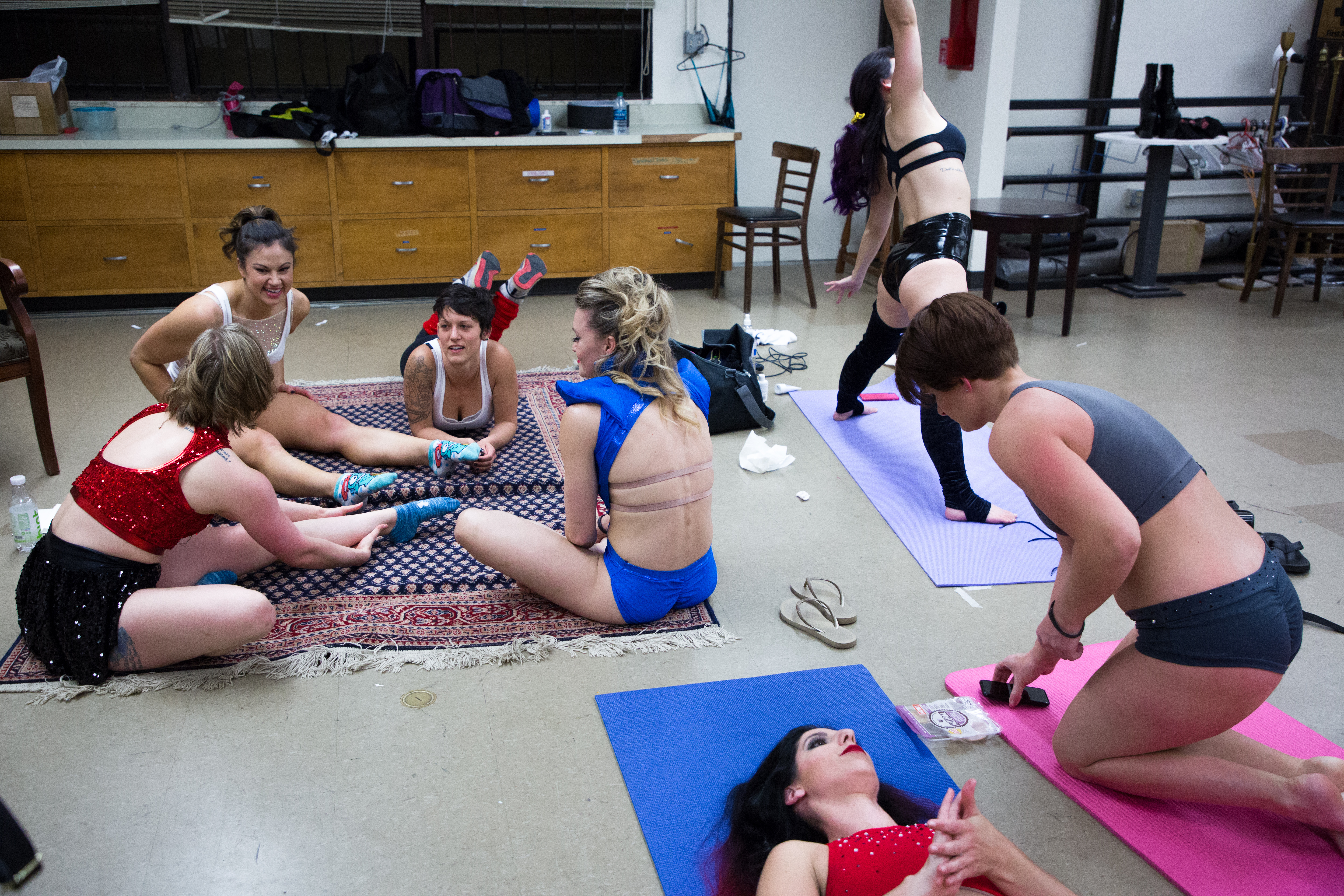
After being split into five groups according to skill level, each competitor’s performance was judged based on the difficulty of individual moves, a variety of tricks and spins, and the difficulty of transitions and combinations.
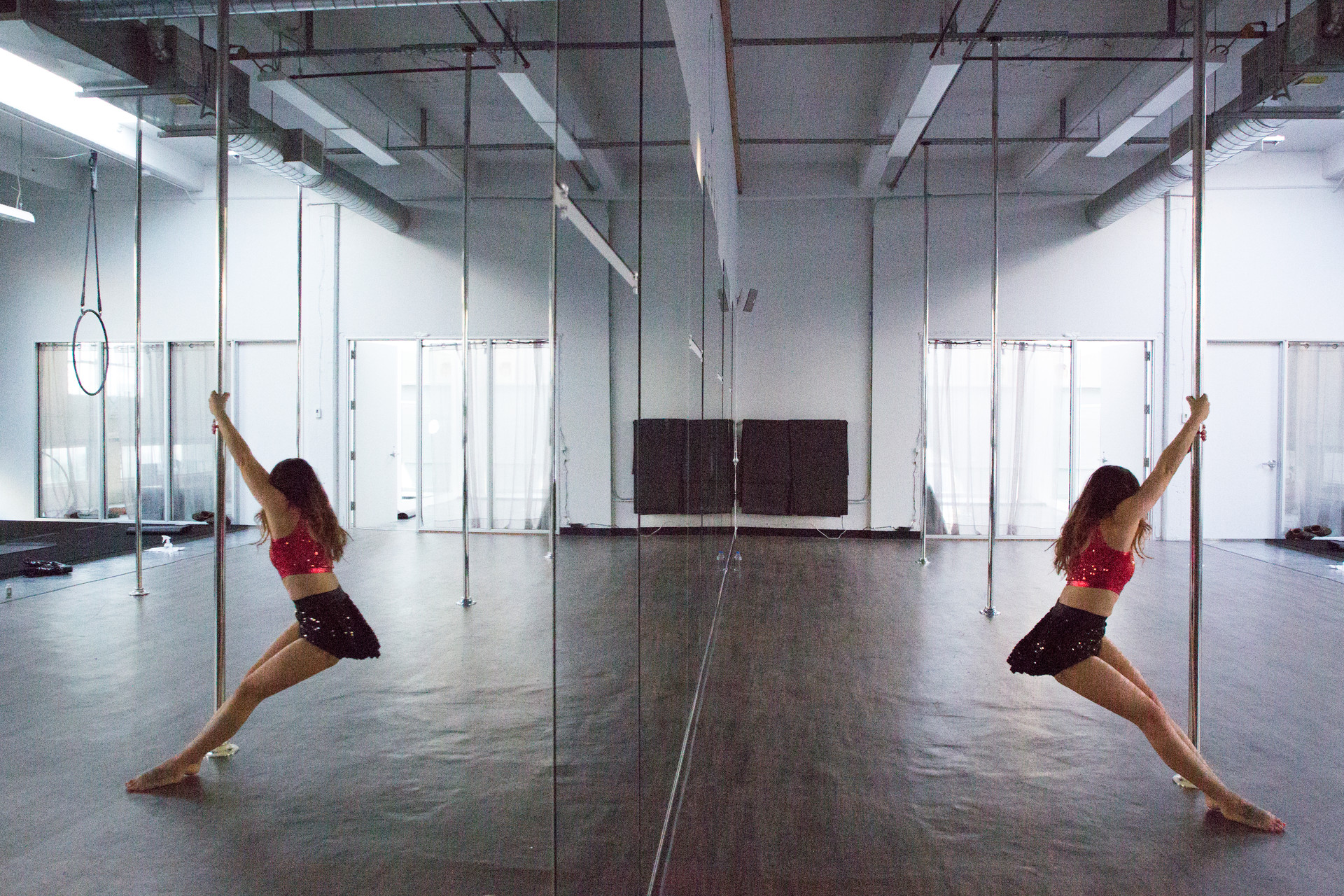
More advanced athletes utilized both poles and “low-flow” floor work, and aerials alternated between static and spinning poles for their routines to add additional challenge.
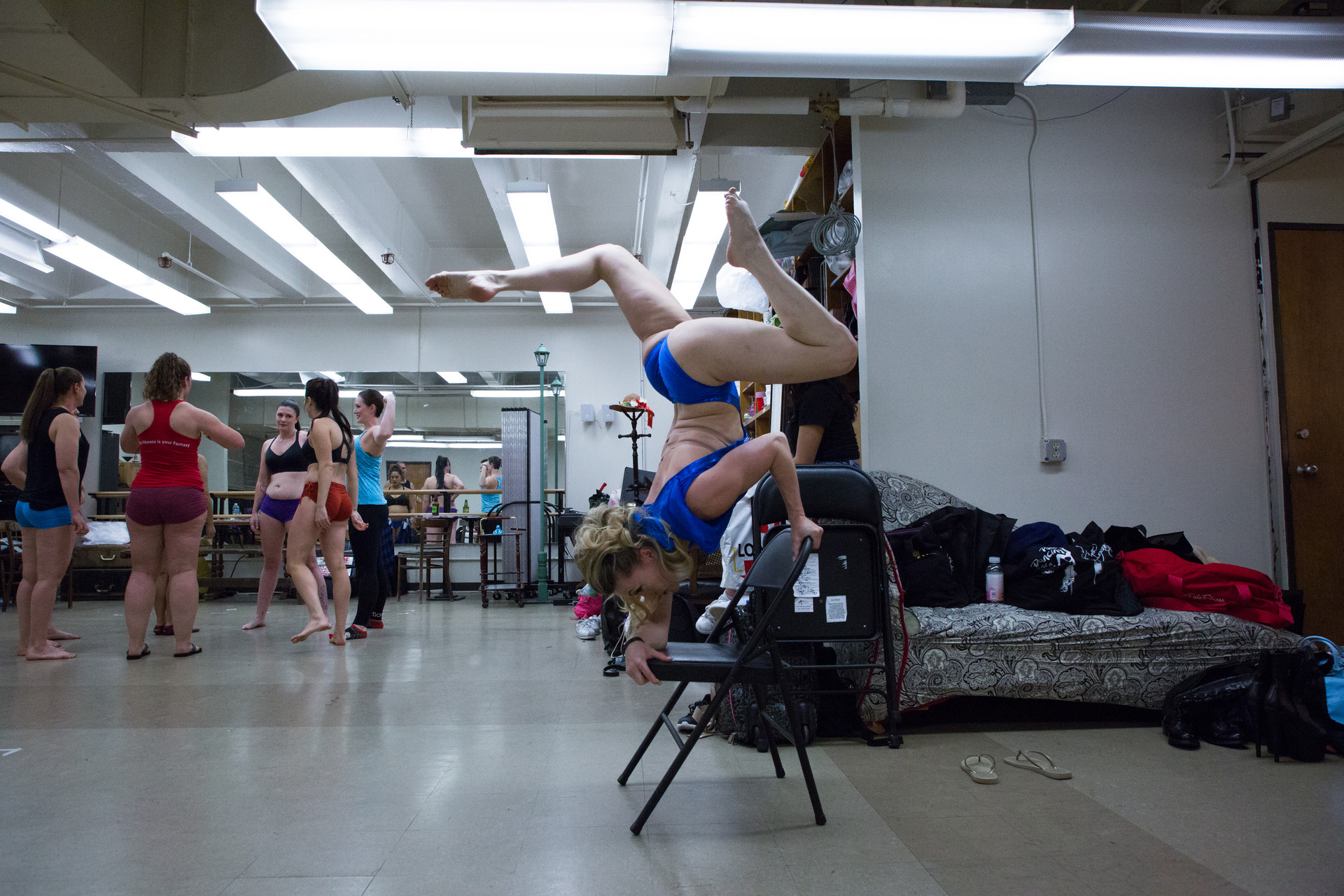
Backstage, athletes of all abilities stretched, joked and caught up with friends in the hours before show time.
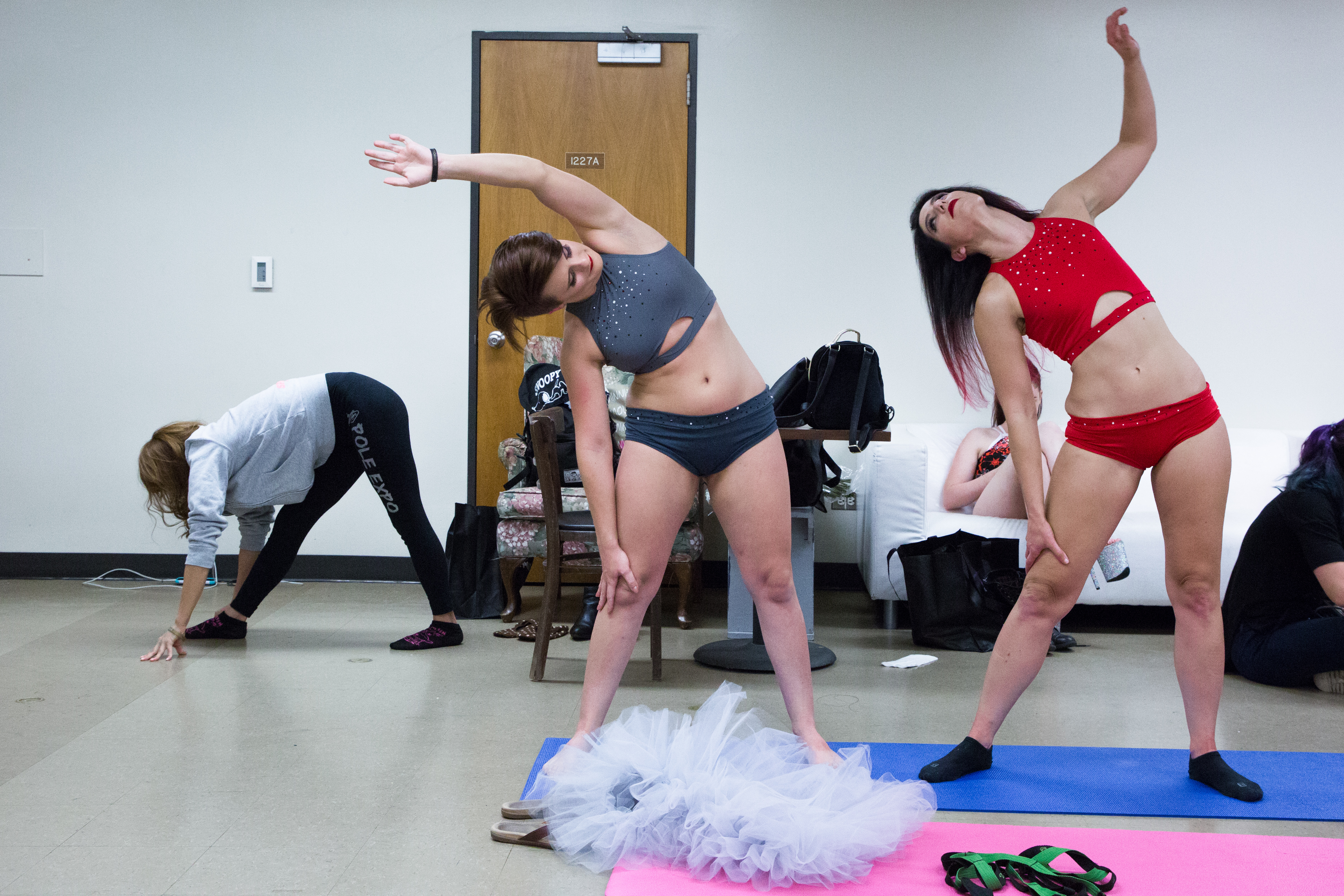
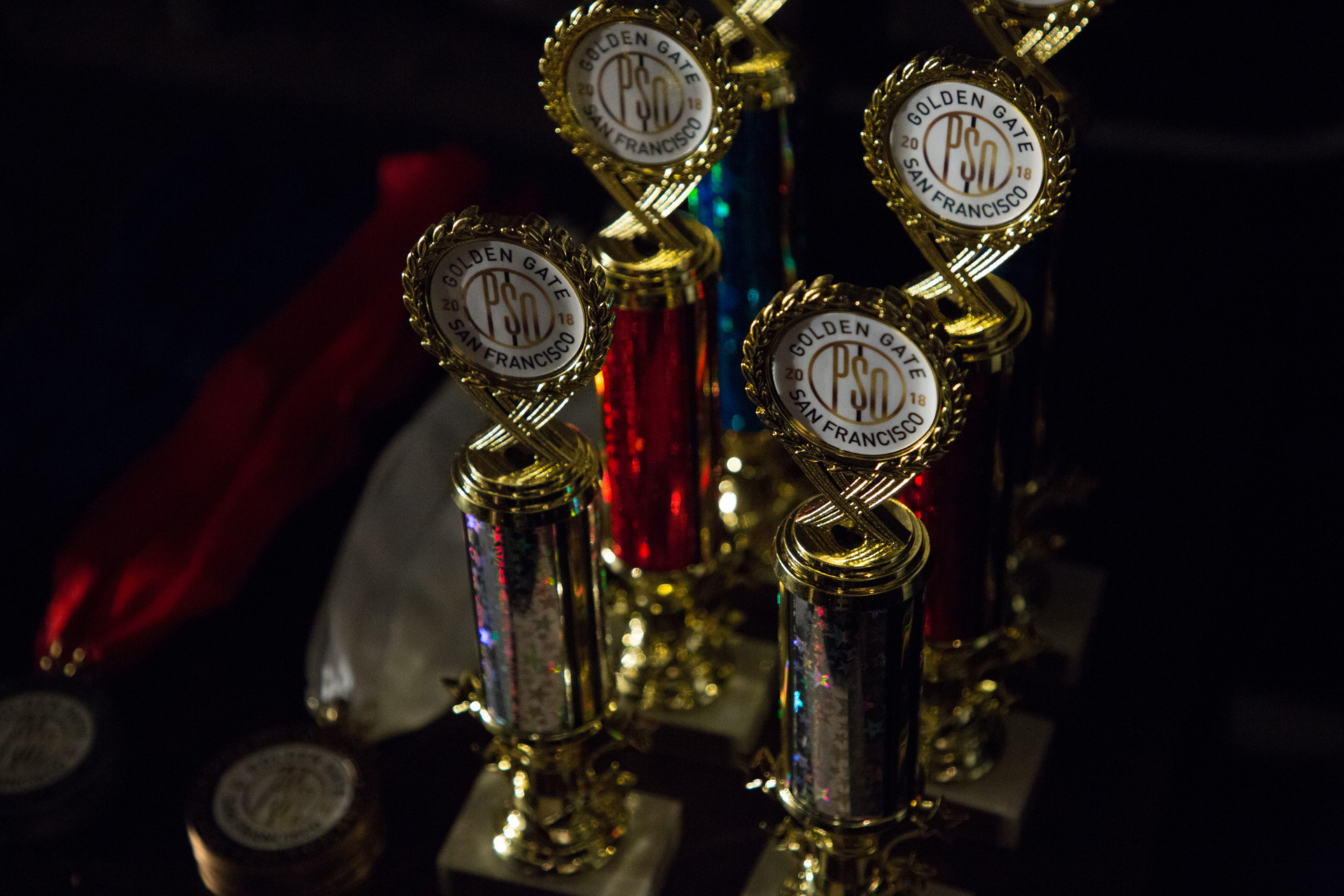
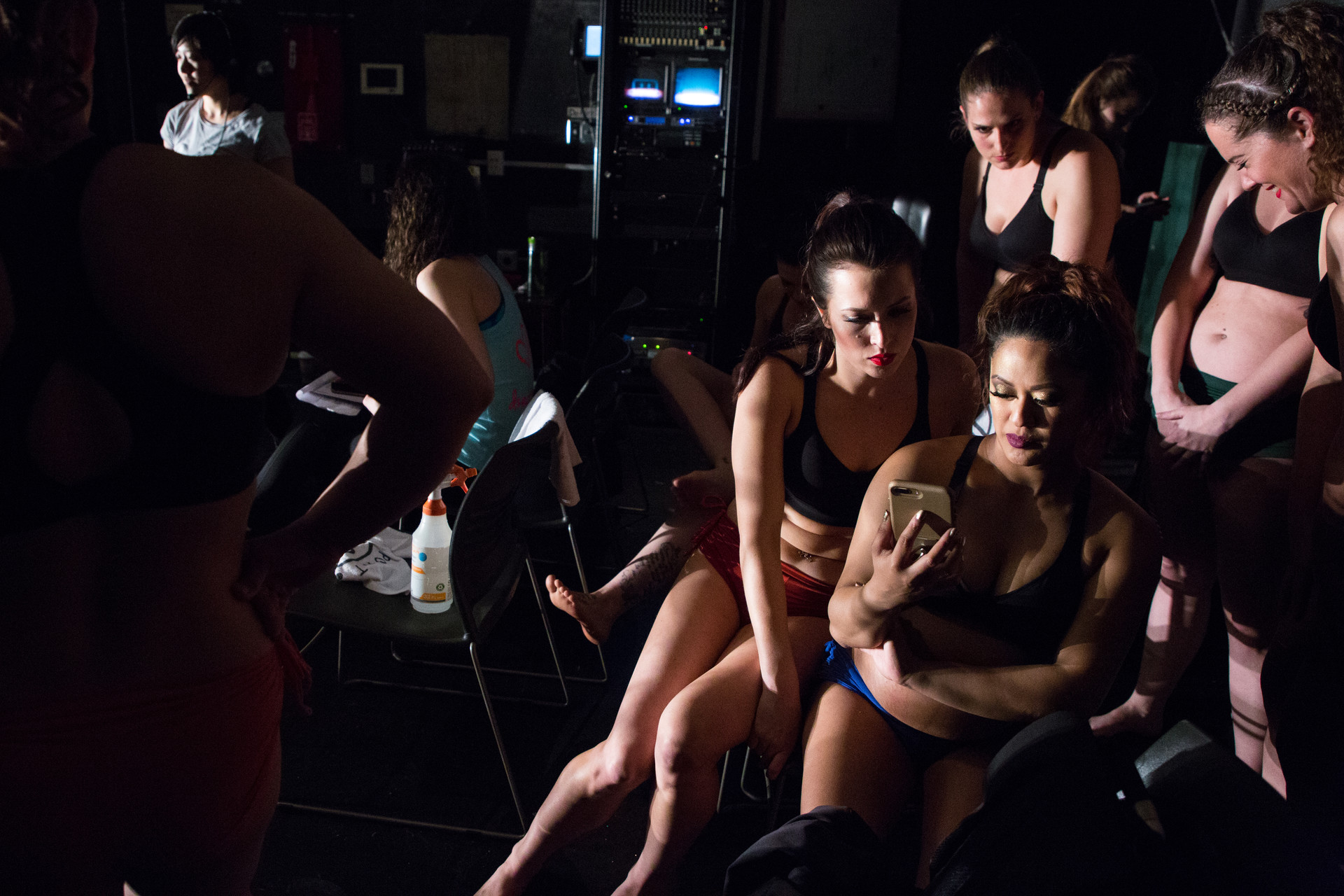
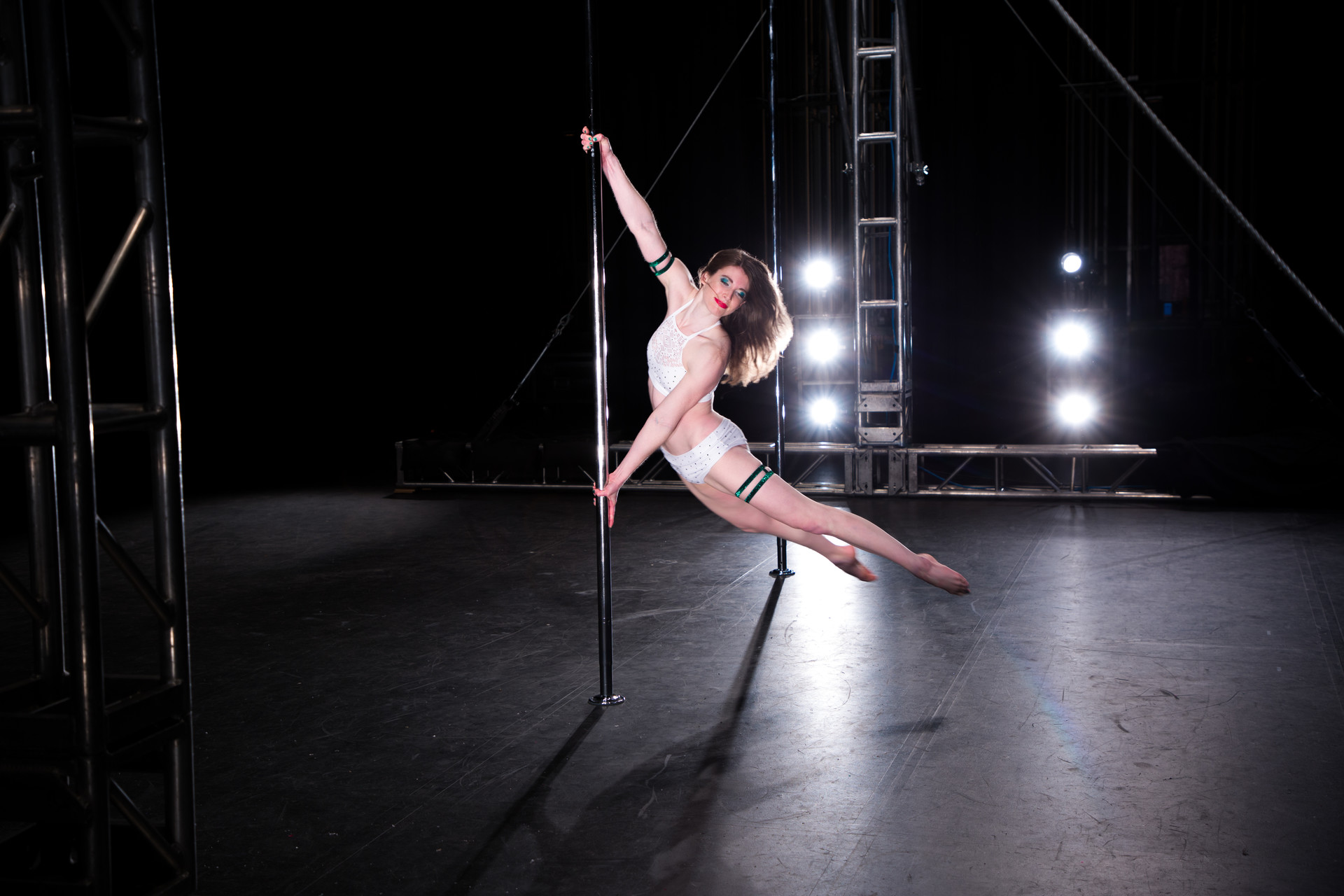
Amy Bond, owner of San Francisco Pole and Dance, located in SoMa, teaches a variety of pole classes to serve a community of people of different shapes, sizes, gender, ages and backgrounds. Her students’ motivations for taking pole classes are equally as varied. One student was seeking a challenging fitness option, and another lost a bet to his friends. This inclusive environment is a core value of San Francisco Pole and Dance, and Amy’s mission for the pole community is to be for “every body.”
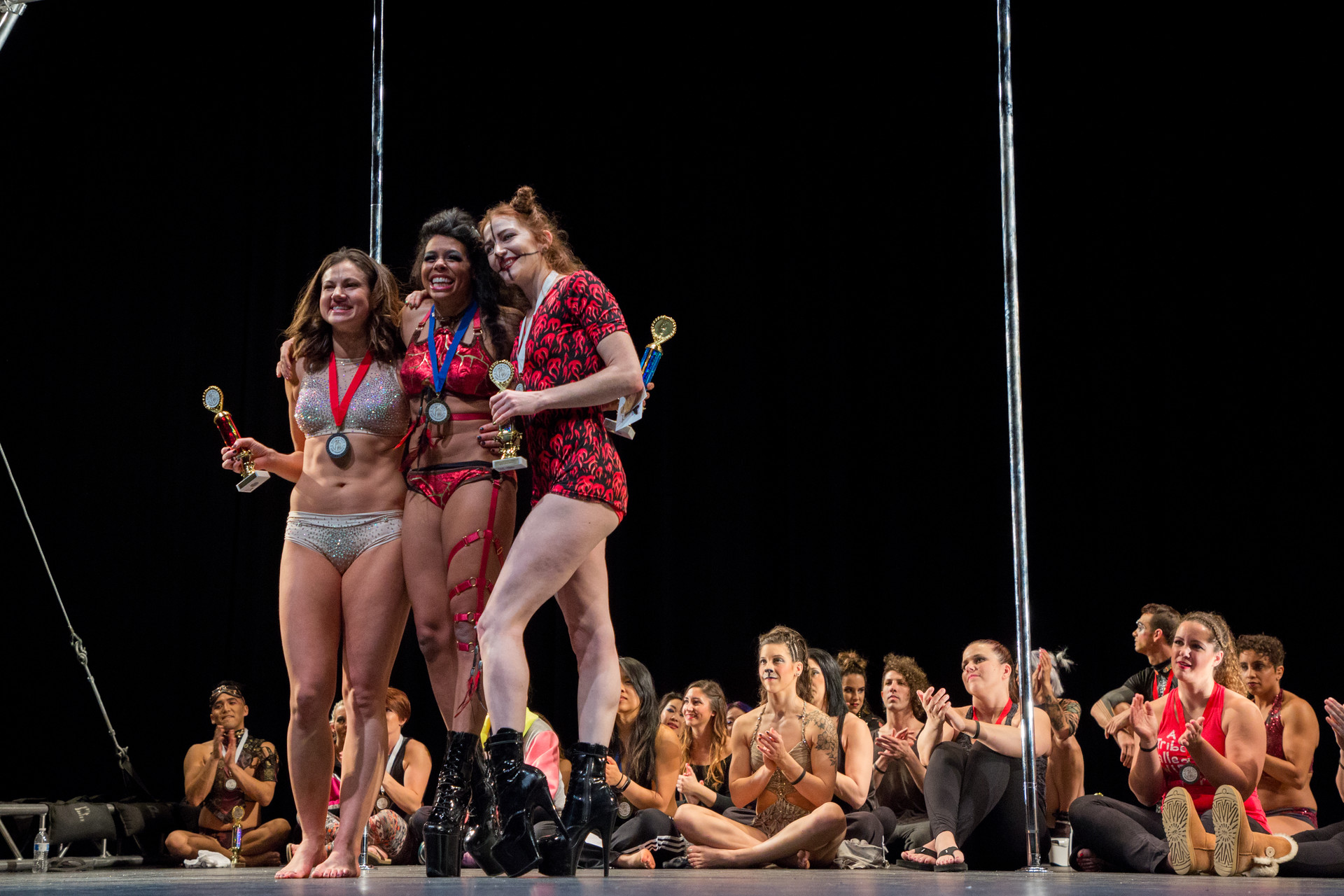
Pole athletes still endure the negative stigma associated with the sport due to its traditional ties to stripping and gentlemen’s clubs. But the pole scene continues to embrace new members and provide a crossroads for both beginning and advanced athletes to connect, learn and grow together.
